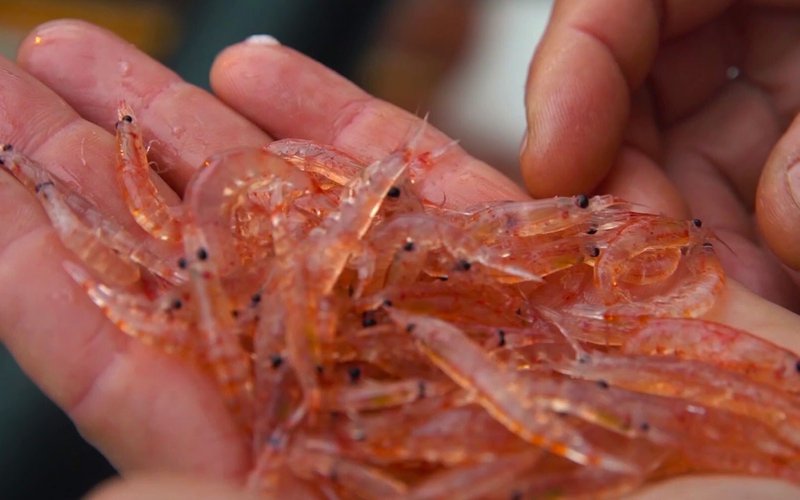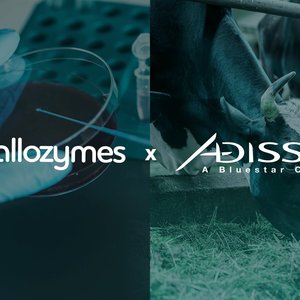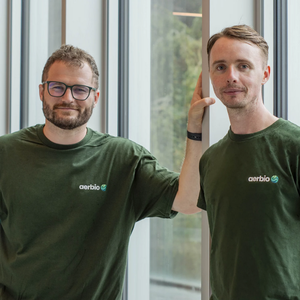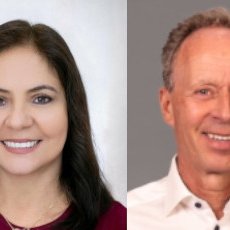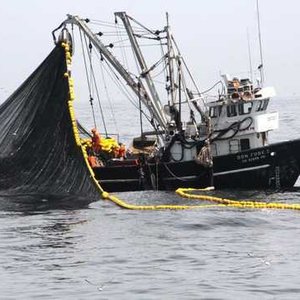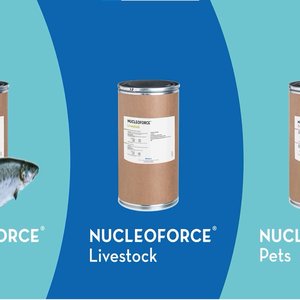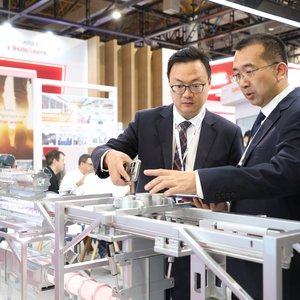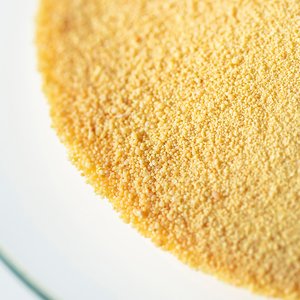QRILL Aqua by Aker BioMarine is spotlighting two recently published scientific studies that highlight how innovative approaches can yield greater efficiency and less impact for the industry while simultaneously improving performance results.
The role of feed in sustainable aquaculture
The first study, titled Minimum dietary level and mix ratio of krill meal and fish meal to elicit feed intake and growth performance in juvenile Penaeus vannamei, was jointly authored by Instituto de Ciências do Mar – LABOMAR and Aker BioMarine. It offers critical insights into the optimal inclusion levels of krill meal in shrimp diets, and the role ingredients play in developing more sustainable and effective feeds.
“The feed represents a significant portion of aquaculture’s carbon footprint, and using feed ingredients that are both effective and sustainable can significantly impact the operation,” said Lena Burri, director R&D, Animal Nutrition and Health, Aker BioMarine. “What we learned from this recent shrimp feed trial was that krill meal is one such sustainable marine ingredient that can significantly enhance shrimp growth and support the broader goal of increasing aquaculture efficiency.”
Key findings from the LABOMAR and Aker BioMarine shrimp feeding trial:
- Optimal inclusion levels for shrimp feed: The study concludes that 1.5% inclusion of krill meal in the diets of whiteleg shrimp optimizes growth performance. While 1.5% was found to be effective in this specific study, the general recommendation based on numerous studies is to include 3% krill meal to ensure consistent growth performance across different aquaculture settings.
- Reduced use of less sustainable marine ingredients: The researchers demonstrated that other, less sustainable marine ingredients could be reduced by up to 75% when combined with krill meal as a means of meeting sustainability targets and improving cost efficiency.
- A balanced nutritional profile: The use of krill meal enhanced the nutritional quality of the feed due to its balanced amino acid and fatty acid profile. This can lead to improved feed efficiency and better growth outcomes.
A real-life example from Aker BioMarine’s krill fishery
The second study, titled Sustainability activities in a hard-to-abate industry – a real-life example, was authored by scientists at Aker BioMarine. It offers a comprehensive analysis of sustainability in fisheries and production, emphasizing transparency, innovation, and the significant reduction of CO2 emissions.
“This study is unique in that it details innovative and transparent practices in a sustainable fishery based on Aker BioMarine’s own operations, with examples of initiatives such as CO2 hotspot mapping and targeted greenhouse gas emissions reductions,” said Ragnhild Dragøy, VP product management and sustainability, Aker BioMarine, and one of the study’s authors.
The study highlights initiatives for a continued sustainable fishery:
- Sustainable use of the krill biomass: Aker BioMarine prioritizes the sustainable utilization of the krill biomass. This means the products are used either as nutritious omega-3 or protein products for human consumption or directly in aquafeed, following the “food first” principle and ensuring little to no waste.
- CO2 hotspot mapping: Aker BioMarine uses CO2 hotspot mapping to map CO2 emissions along the value chain, enabling the company to target specific areas for emissions reduction. In this, Aker BioMarine learned that most emissions were related to fishery operations and transportation to and from the fishing field.
- Reducing energy consumption: Aker BioMarine introduced several targeted emissions reduction initiatives on board vessels and during fishing. As part of this, the company implemented a digital application called “Krillviz” to make better, data-driven decisions during fishing operations, incorporating data from drones and AI to locate krill.
“What we can learn from both these studies is that strong performance results and sustainability go hand-in-hand in our industry. These studies highlight a holistic approach to reducing CO2 emissions, better resource utilization, and optimized feed solutions that together work to reduce the environmental footprint. Our hope is that these types of initiatives can help set higher standards for the industry and unite us in a commitment to protect the ocean resources on which we depend,” said Dragøy.


